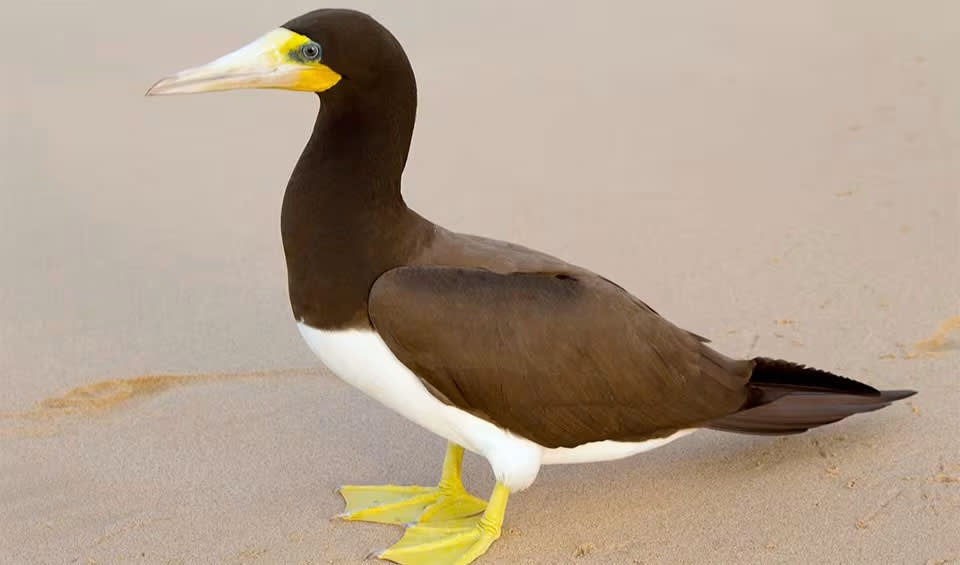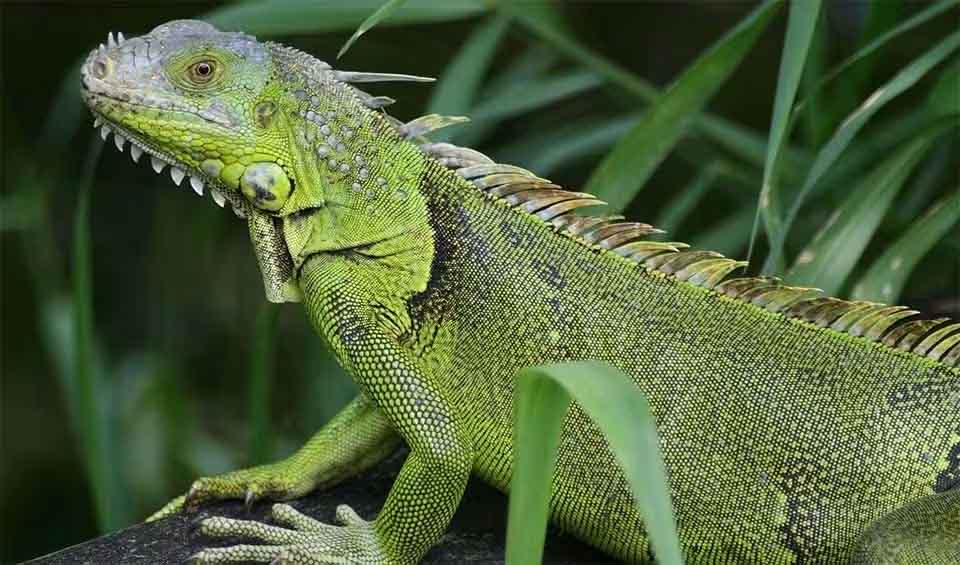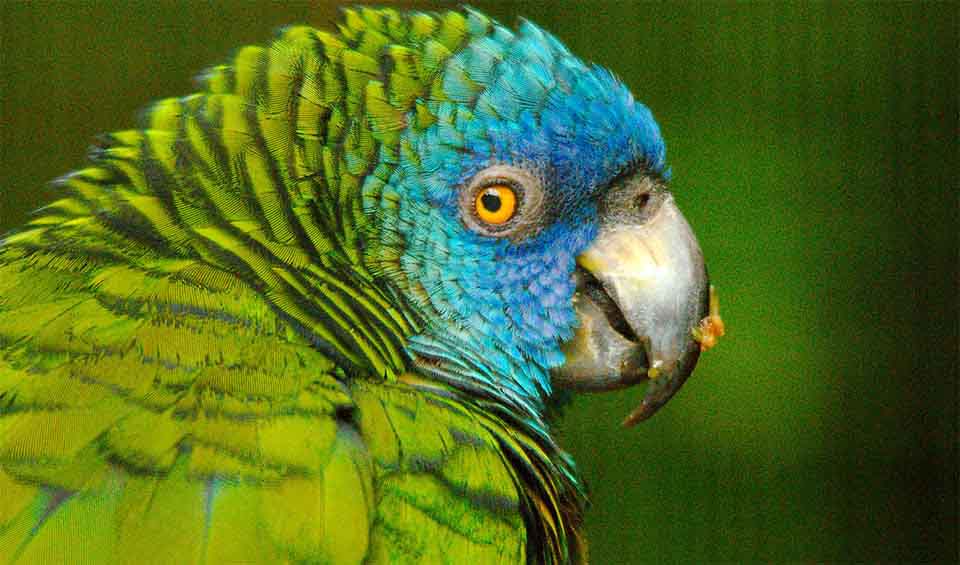Located in the Lesser Antilles, Saint Lucia lies north of Saint Vincent and the Grenadines and south of Martinique. The island is volcanic in origin, resulting in a dramatic terrain that includes the iconic Pitons, twin volcanic peaks that rise sharply from the sea. Saint Lucia enjoys a tropical climate, characterized by warm temperatures year-round and a wet season from June to November. The island’s varied geography and climate create a range of ecosystems, from coastal mangroves to montane rainforests.
Its landscapes are extraordinarily diverse. The Pitons, a UNESCO World Heritage Site, are perhaps the island’s most famous feature, offering breathtaking views and challenging hiking opportunities. The island’s interior is covered in lush rainforests, home to cascading waterfalls like the Toraille and Diamond Falls. The coastline boasts pristine beaches with soft sand and clear blue waters, perfect for relaxation and water activities. The Sulphur Springs, the world’s only drive-in volcano, provides a unique geothermal experience with its bubbling mud pools and hot springs.
Four pillars elaborated:
Saint Lucia boasts a range of protected areas, such as the Pitons Management Area, the Soufrière Marine Management Area, and the Maria Islands Nature Reserve, all crucial for safeguarding biodiversity and offering recreational and tourism opportunities. The island’s Forest Reserve and Protected Forests, covering 15% of its land area, harbor diverse rainforest ecosystems. Land Management
Land Management
Additionally, the Point Sables Environmental Protected Area (PSEPA) on the south coast features various habitats, including mangroves, seagrass beds, and coral reefs, making it a significant area for biodiversity conservation and a popular destination for recreation and tourism.
Currently, the primary threats to biodiversity and ecosystems in Saint Lucia include habitat modification and destruction, as well as the introduction of invasive alien species such as the green iguana, giant African snail, and fungal pathogens that impact agricultural biodiversity. Rapid habitat changes are expected to further increase due to planned developments such as hotels, marinas, golf courses, and expanded housing and infrastructure. Additionally, induced climate change has already begun to impact biodiversity, with coral reefs experiencing bleaching in various areas of the country. Coastal and marine ecosystems are also being affected, leading to reduced fish landings. Threats to Biodiversity
Threats to Biodiversity
Climate change and variability have also resulted in changes in flowering and fruiting patterns for agricultural crops, affecting food availability and agricultural production. Furthermore, the country’s water supply has been affected by climate change, with both quantity and quality being impacted. The increase in extreme events of no rainfall and drought has affected water quantity, while nutrient pollution has affected water quality, leading to human health-related diseases. Nutrient pollution also contributes to habitat change, further impacting marine life and aquatic species.
Saint Lucia has established several protected areas, including the Soufriere Marine Management Area and the Canaries/Anse La Raye Marine Management Area, with some lacking management plans. The Pitons Management Area is recognized as a World Heritage Site, and the proposed System of Protected Areas is under review for endorsement. Efforts to integrate protected areas into broader land and seascapes are outlined in the National Environment Policy and National Environmental Management Strategy, which is approved but not yet implemented. Capacity and Governance
Capacity and Governance
Over 10% of the forest ecosystem is effectively managed and conserved, supported by legal instruments such as the Forest Management and Plant Protection Act and the Wildlife Protection Act. Ex situ conservation efforts involve conserving various plant species in the Tissue Culture Laboratory, while in situ conservation measures include propagation and farming programs for local species. Additionally, initiatives for sustainable resource management, traditional knowledge preservation, and community engagement have been funded and facilitated by relevant government ministries.
The Saint Lucia National Trust (SLNT) has crafted a strategic plan for 2020-2030, emphasizing the protection of Saint Lucia’s natural and cultural heritage. The plan outlines goals for biodiversity conservation, sustainable development, and active community engagement. Future Trends
Future Trends
Biodiversity
Saint Lucia’s biodiversity is as rich as its landscapes. The rainforests are teeming with a variety of plant species, including ferns, orchids, and towering tropical trees. These forests provide habitat for numerous birds, such as the Saint Lucia parrot, known locally as the “Jacquot,” and the Saint Lucia oriole. The island’s fauna also includes the Saint Lucia whiptail lizard and the agouti, a rodent species.The surrounding marine environment is equally vibrant, with coral reefs hosting an array of fish, sea turtles, and other marine creatures. The Anse Chastanet Marine Reserve is a popular spot for snorkeling and diving, offering a glimpse into the island’s underwater world.
In the table below are the number of known species in several main groups, how many of these species are Threatened with extinction, and how many of them are Endemic (unique to Saint Lucia only):
| Species (World rank) |
Threatened | % Threatened | Endemic | % Endemic | |
|---|---|---|---|---|---|
| Mammals | 34 (#174) | 2 | 5.9% | 1 | 2.9% |
| Birds | 175 (#176) | 7 | 4.0% | 5 | 2.9% |
| Reptiles | 24 (#154) | 6 | 25.0% | 5 | 20.8% |
| Amphibians | 4 (#169) | ||||
| Fishes | 494 (#121) | 35 | 7.1% | ||
| Plants | 1,447 (#164) | 7 | 0.5% |
mammals
Pantropical spotted dolphin
A champion swimmer and a social butterfly of the warm seas
Common bottlenose dolphin
Known for their acrobatic leaps, twisting and turning gracefully as they jump completely out of the water
birds
Brown pelican
The smallest of the eight pelican species
Anhinga
Their neck vertebrae have a hinge mechanism that allows it to dart its long neck and pierce its prey quickly
Brown booby
An impressively acrobatic bird that can catch flying fish mid-jump
reptiles
Loggerhead sea turtle
One of the largest and strongest sea turtles in the world
Green iguana
From the US down to Brazil, this trans-American lizard is the most common iguana
Leatherback sea turtle
The mysterious diver of the ocean is the largest and only sea turtle without a hard shell and scales
National Animals
Saint Lucia amazon
One of the rarest and most unique parrots in the world













